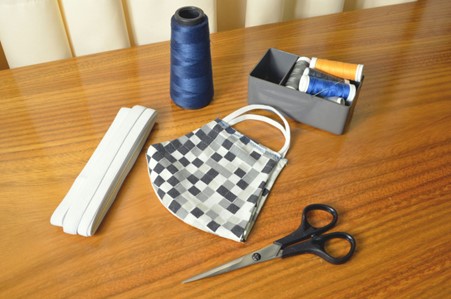Sudden faults can be a homeowner’s nightmare but unexpected repairs don’t have to mean dipping into your savings. It’s possible to tackle many of the more common home repairs yourself. Here are five essential home repairs that you can DIY.
1. Re-Grouting Tile
Re-grouting tile is a job no one looks forward to but it can make a huge difference to the appearance of your bathroom or kitchen and is a straightforward task for DIY enthusiasts or homeowners on a budget.
First you’ll need to choose the correct grout, taking into account the size of the tile joint and the area you’re grouting (for example, inside a shower cubicle versus the splashback behind a kitchen sink). You’ll also want to think about matching or contrasting the grout colour with the tiles and the rest of the room décor.
Use a grout saw or grout remover tool to remove the old, damaged grout and clean between the tiles with a damp rag. You can then mix the new grout according to the manufacturer’s instructions and begin regrouting. Fill the spaces between the tiles fully before smoothing over to remove any excess grout.
2. Cleaning Gutters
Clogged gutters can lead to a whole host of problems including damp, mould and rot. To prevent damage, you should clean out your gutters at least twice per year, ideally in spring and fall. All you’ll need to perform this task is a head for heights, a set of sturdy ladders and a willingness to get your hands dirty!
While you’re up there, it’s also a good idea to check your guttering for any issues, such as cracks, leaks or other damage. Solder guns can be used to repair metal guttering and downspouts to fix leaks.
3. Unclogging a Drain
Internal drains can frequently become clogged due to a build-up of everyday debris, whether that’s hair and soap scum blocking bathroom drains or food particles, grease or coffee grounds in the kitchen.
Blocked drains can lead to slow-draining water or back-up, along with unpleasant odours.
Unclogging a drain is a simple fix and best done before the problem becomes worse. Thick bleach and plenty of hot water will work on minor blockages or you can use a plunger or a drain snake to clear larger clogs.
If your drains are frequently becoming clogged, then try using a drain cover to catch large debris and think twice before pouring problematic substances down the drain, such as grease, coffee grounds and expandable foodstuffs like rice.
4. Fixing a Leaky Faucet
A dripping tap isn’t just an irritation, it can also be a costly issue for homeowners, as it can lead to waste water and even water damage if left to drip for a long time.
To fix a leaky faucet, you’ll need to turn off the water supply for your home. To do this, you’ll need to locate the mains water shut off valve, which can typically be found in your home’s basement or yard.
Once the water to your property has been disconnected, you can disassemble the faulty faucet, and either replace the damaged parts or the entire faucet as needed.
5. Patching a Hole in a Wall
Whether from the previous owner’s wall art or an accidental bump, most homes have the odd hole or two in their interior walls.
Luckily, repairing small holes in drywall is an easy process that anyone can try their hand at. You simply use spackling or putty on a spackle knife to fill the hole, and then scrape off the excess. Once the putty has dried, you can sand it down until its level with the rest of the wall and then paint over it so it looks good as new!



























